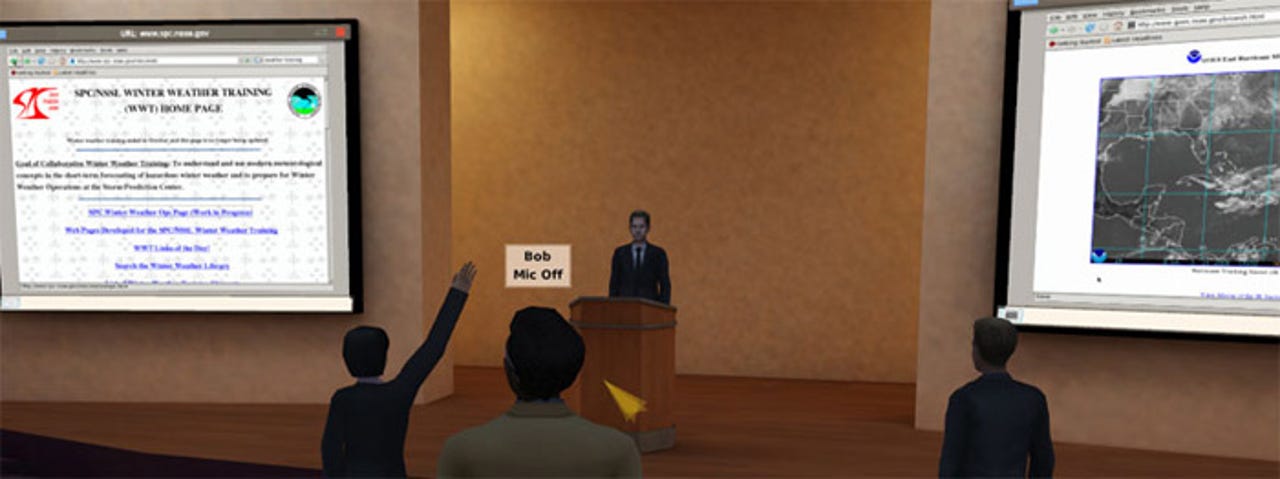Gallery: Five virtual worlds you need to know about


One of its most interesting tools is Qwaq Forums, a virtual project management environment which allows people to place different document formats on a notice board and share and discuss ideas through instant messaging and voice communication.
Qwaq can also be used for businesses to communicate with their clients and customers to give them updates on projects they're working on, as well as deliver training to staff. Picture credit: Qwaq
Although Twinity is still relatively young - it was only launched at the beginning of September and is currently in beta form - the virtual world looks to appeal to cities looking for a new way to promote themselves.
Created by German company Metaversum, Twinity allows users to explore virtual Berlin, checking out sites such as the Brandenburg Gate (above) and Alexanderplatz.
People can even buy and furnish their own apartments in the city and the platform is already getting commercial interest with German cinema operator, CineStar, opening the first virtual cinema.
Other cities in the pipeline include London and Singapore.
Picture credit: Metaversum
OpenSim has been created by a group of developers from various companies - including IBM - as well as independents.
Emerging technology specialist at IBM, Robert Smart, told silicon.com: "The community around OpenSim is quite vibrant and there are a lot of new people coming to it all the time."
IBM's work has spawned a new feature in the site, with Big Blue developing a way of teleporting avatars between OpenSim and Second Life.
The image above is from the Virtual University of Edinburgh (Vue) which has been using OpenSim to experiment with virtual worlds for teaching and research.
Picture credit: OpenSimulator
Once users have created their avatar they get their own Kaneva city loft that they can decorate in whatever style they want and use to store and access games, music, photos and videos.
Picture credit: Kaneva
Like Kaneva, Lively is a more socially focused virtual world and users can bring content from other parts of the internet - such as photos and videos - as well as embed their Lively area into a blog or social networking site.
At Lively's launch, Niniane Wang, Google's engineering manager for the project, said: "It's integrated with the internet. It's not an alternate destination. Our intention is to add to your existing life."
Picture credit: Google